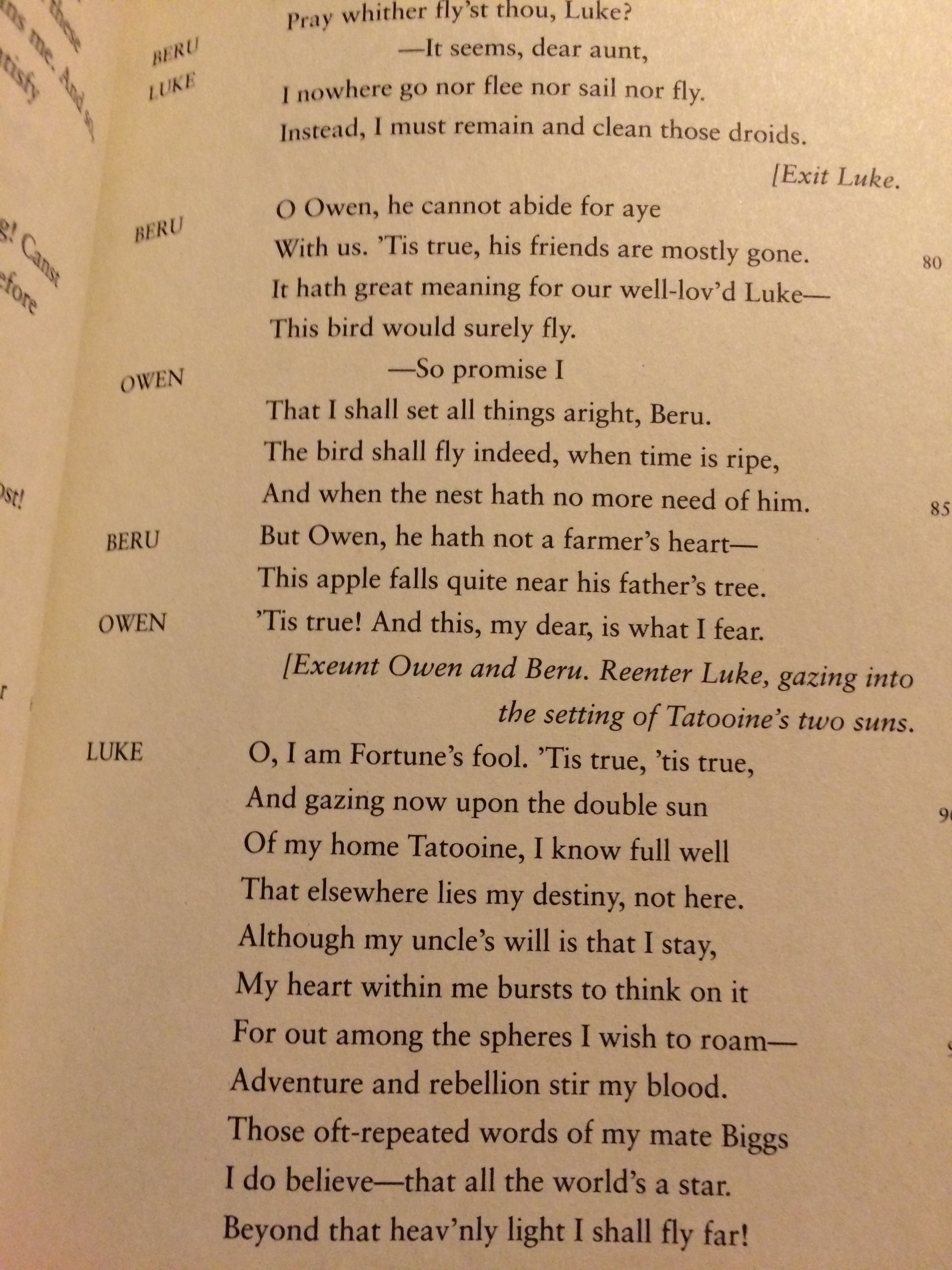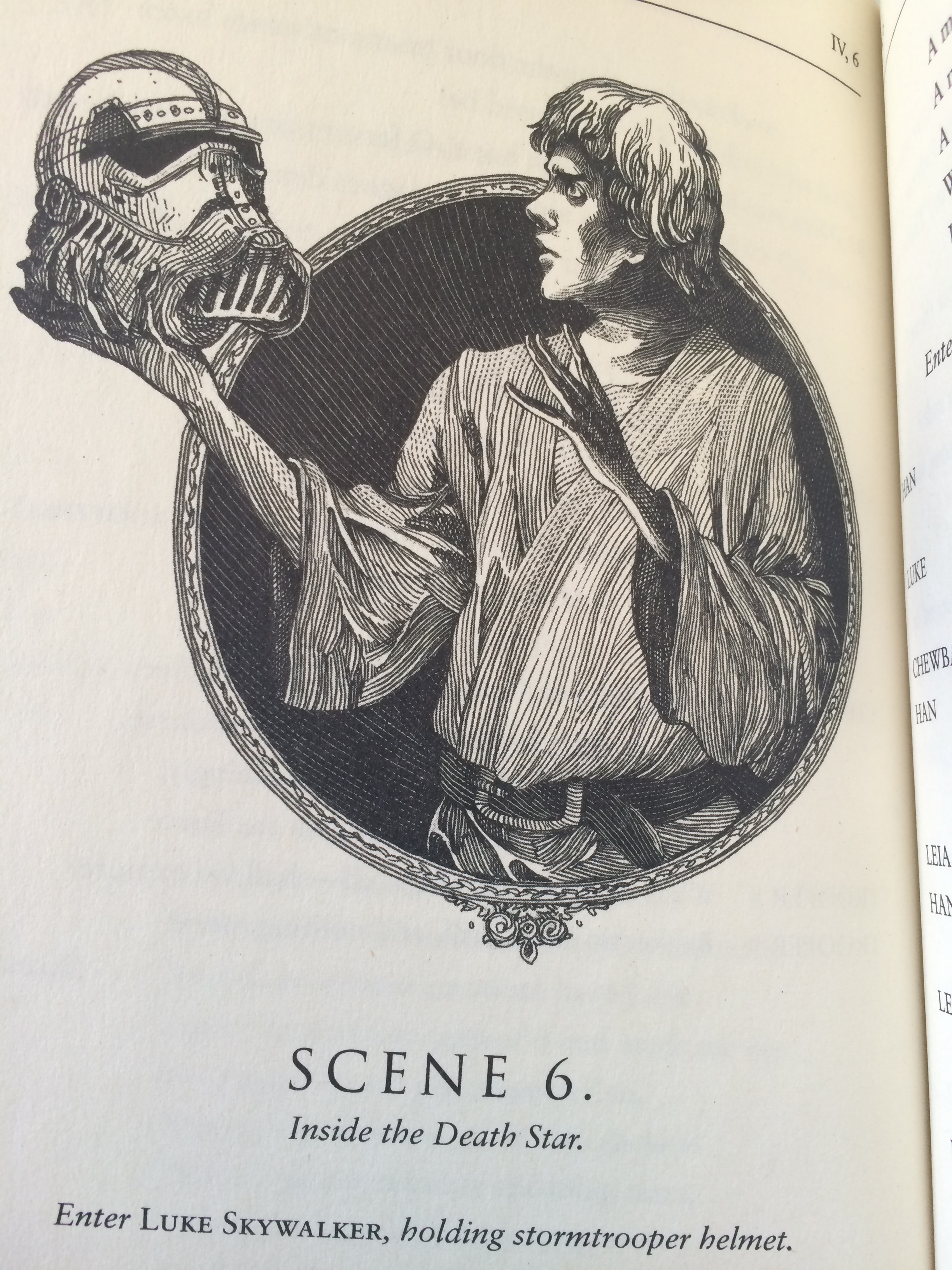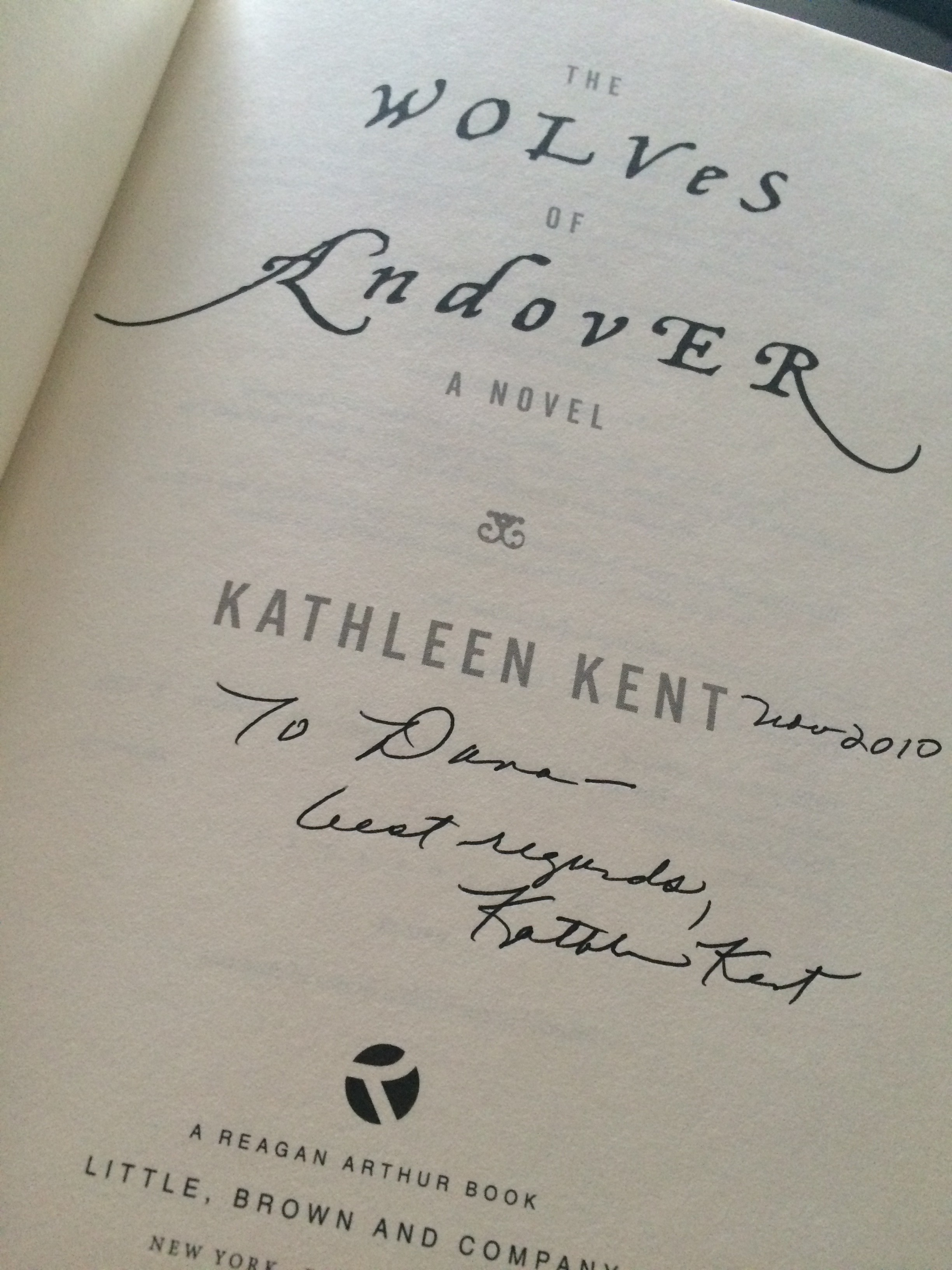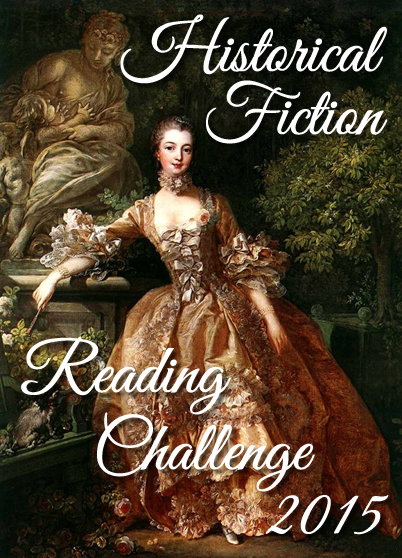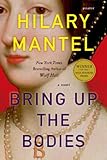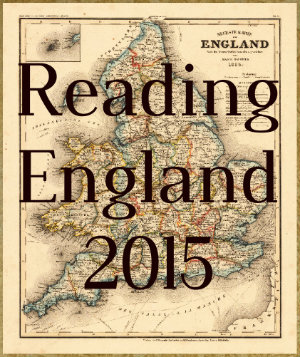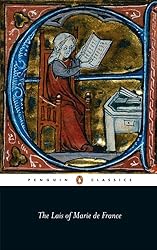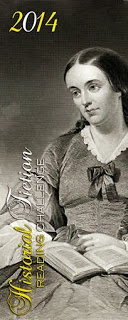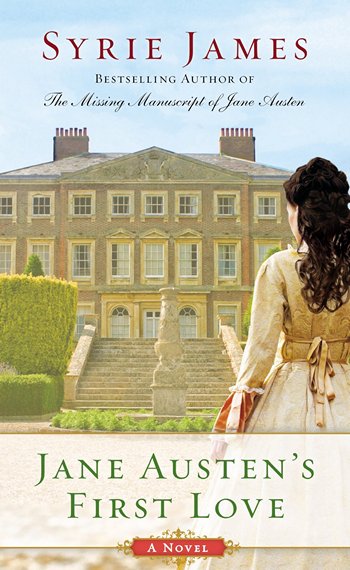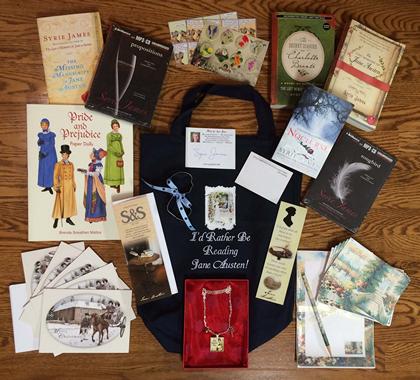 I know what you are thinking. What is this ridiculousness? Ian Doescher’s book imagines the answer to a question I’d wager everyone wishes they had been thinking: what if William Shakespeare had written Star Wars? The result is, of course, William Shakespeare’s Star Wars: Verily, A New Hope. It’s as hysterically awesome as you could wish, and if you think about it, it’s not such a strange idea: surely if any film series is Shakespearean in scope, with its complicated villains, scene-stealing minor characters, and emphasis on Fate, then Star Wars certainly is.
I know what you are thinking. What is this ridiculousness? Ian Doescher’s book imagines the answer to a question I’d wager everyone wishes they had been thinking: what if William Shakespeare had written Star Wars? The result is, of course, William Shakespeare’s Star Wars: Verily, A New Hope. It’s as hysterically awesome as you could wish, and if you think about it, it’s not such a strange idea: surely if any film series is Shakespearean in scope, with its complicated villains, scene-stealing minor characters, and emphasis on Fate, then Star Wars certainly is.
I don’t think I need to review the plot, and let’s face it: no one is reading this book for the plot—it’s for the fun of the Shakespearean language used to tell a familiar tale. I will say this: the dialogue in this book is quite a lot better than the dialogue in the movie.
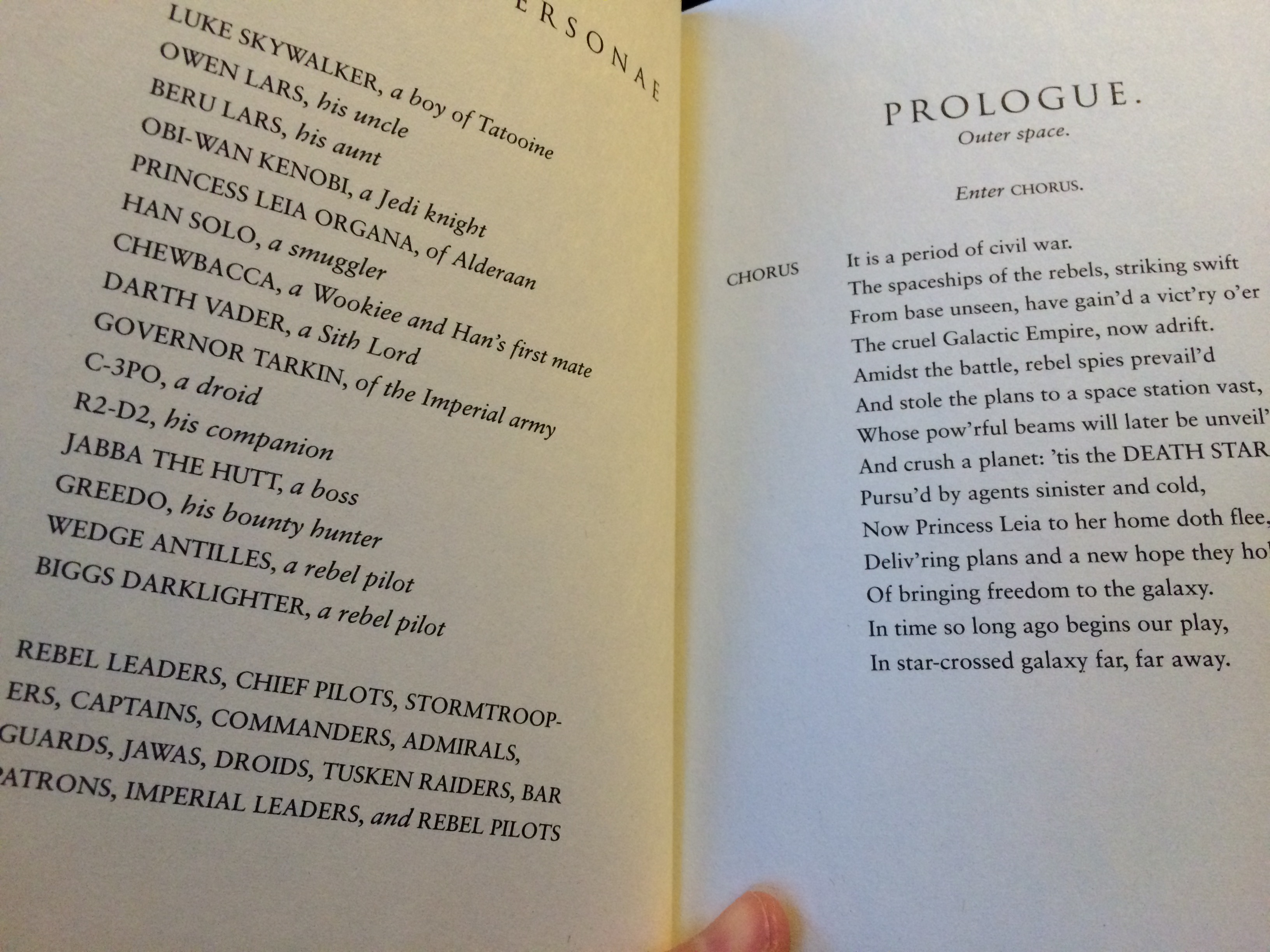 Sprinkled throughout, too, the reader familiar with Shakespeare’s plays will find allusions to Shakespeare’s own writing as well.
Sprinkled throughout, too, the reader familiar with Shakespeare’s plays will find allusions to Shakespeare’s own writing as well.
I love Luke’s soliloquy as he gazes at the two setting suns. But even more than that, I love his rumination over the Storm Trooper he has just killed.
Alas, poor stormtrooper, I knew ye not,
Yet have I ta’en both uniform and life
From thee. What manner of man wert thou?
A man of inf’nite jest or cruelty?
A man with helpmate and with children too?
A man who hath his Empire serv’d with pride?
A man, perhaps, who wish’d for perfect peace?
Whate’er thou wert, good man, thy pardon grant
Unto the one who took thy place: e’en me. (124-125)
There are also some fun in-jokes for Star Wars fans:
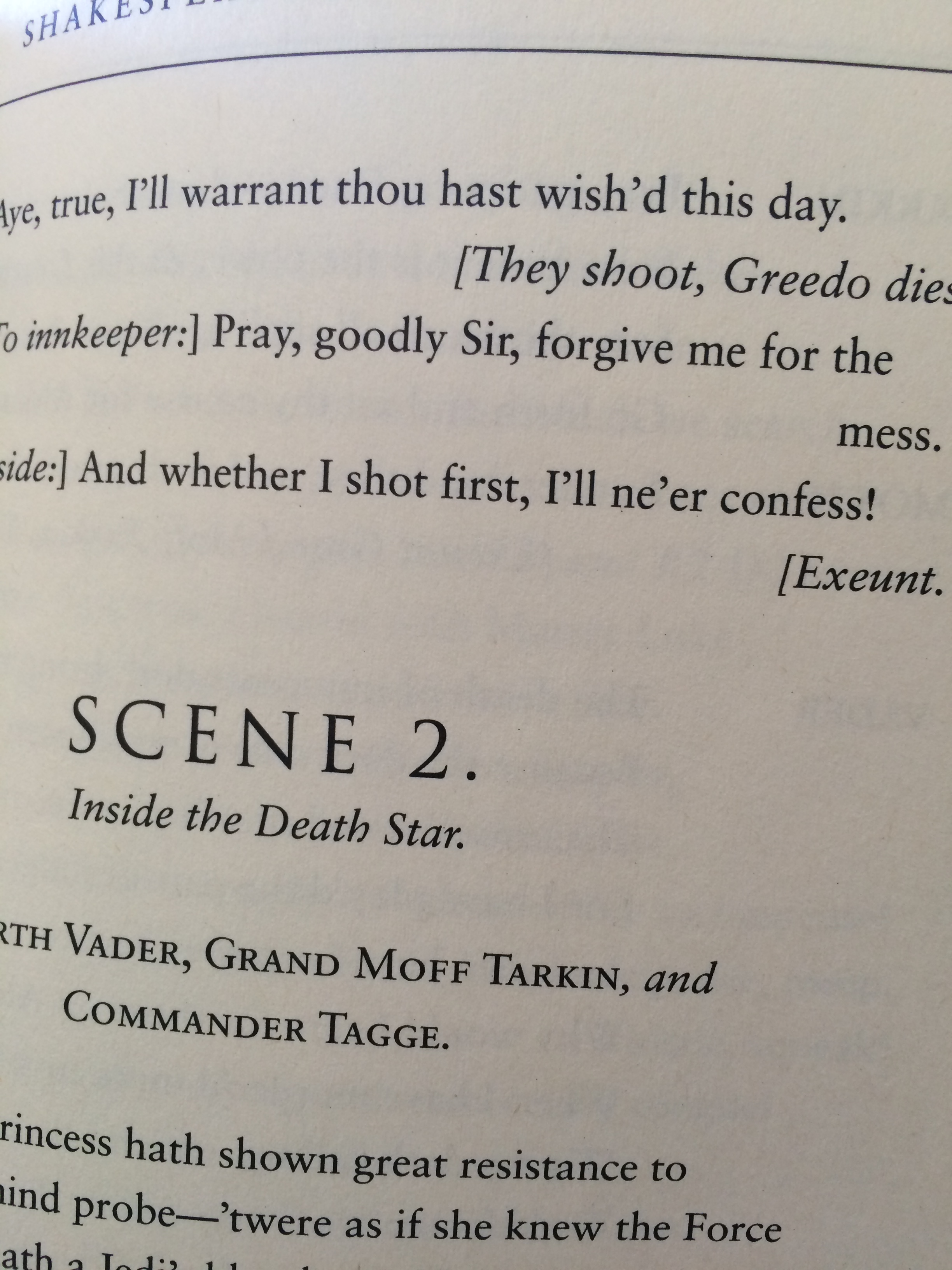 Sprinkled throughout is some great line art by Nicolas Delort. I am particularly fond of this picture of Grand Moff Tarkin:
Sprinkled throughout is some great line art by Nicolas Delort. I am particularly fond of this picture of Grand Moff Tarkin:
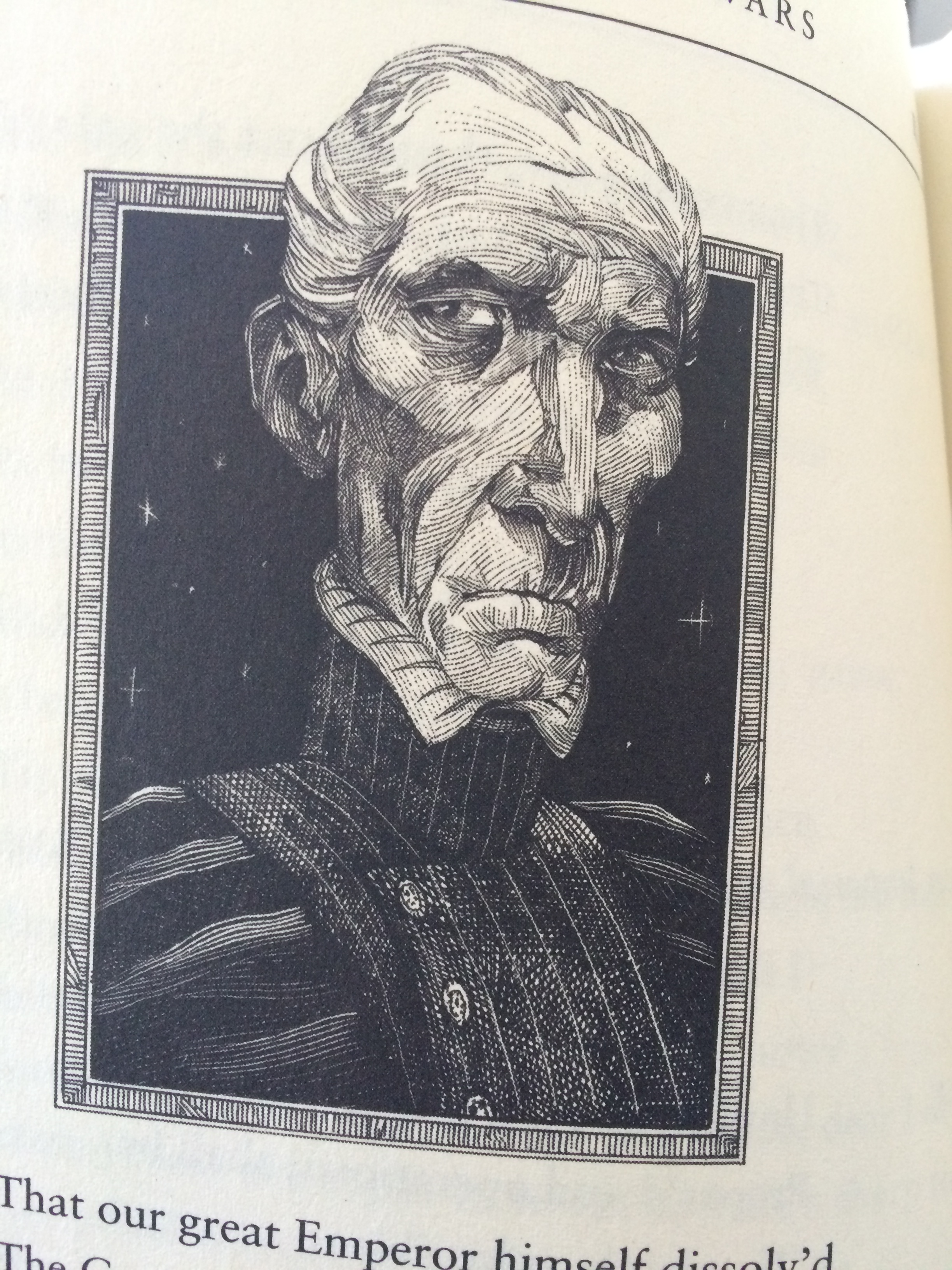 The asides, monologues, and soliloquies give a great deal of insight into characters’ motivation, particularly that of R2-D2.
The asides, monologues, and soliloquies give a great deal of insight into characters’ motivation, particularly that of R2-D2.
My daughter gave me this book for Christmas 2013, and I’m only sorry I waited so long to pick it up. I will certainly now read William Shakespeare’s The Empire Striketh Back and William Shakespeare’s The Jedi Doth Return. I really can’t wait to see how Doescher handles Yoda.
If you love Shakespeare and you love Star Wars, you really can’t lose with this book.
Rating:




